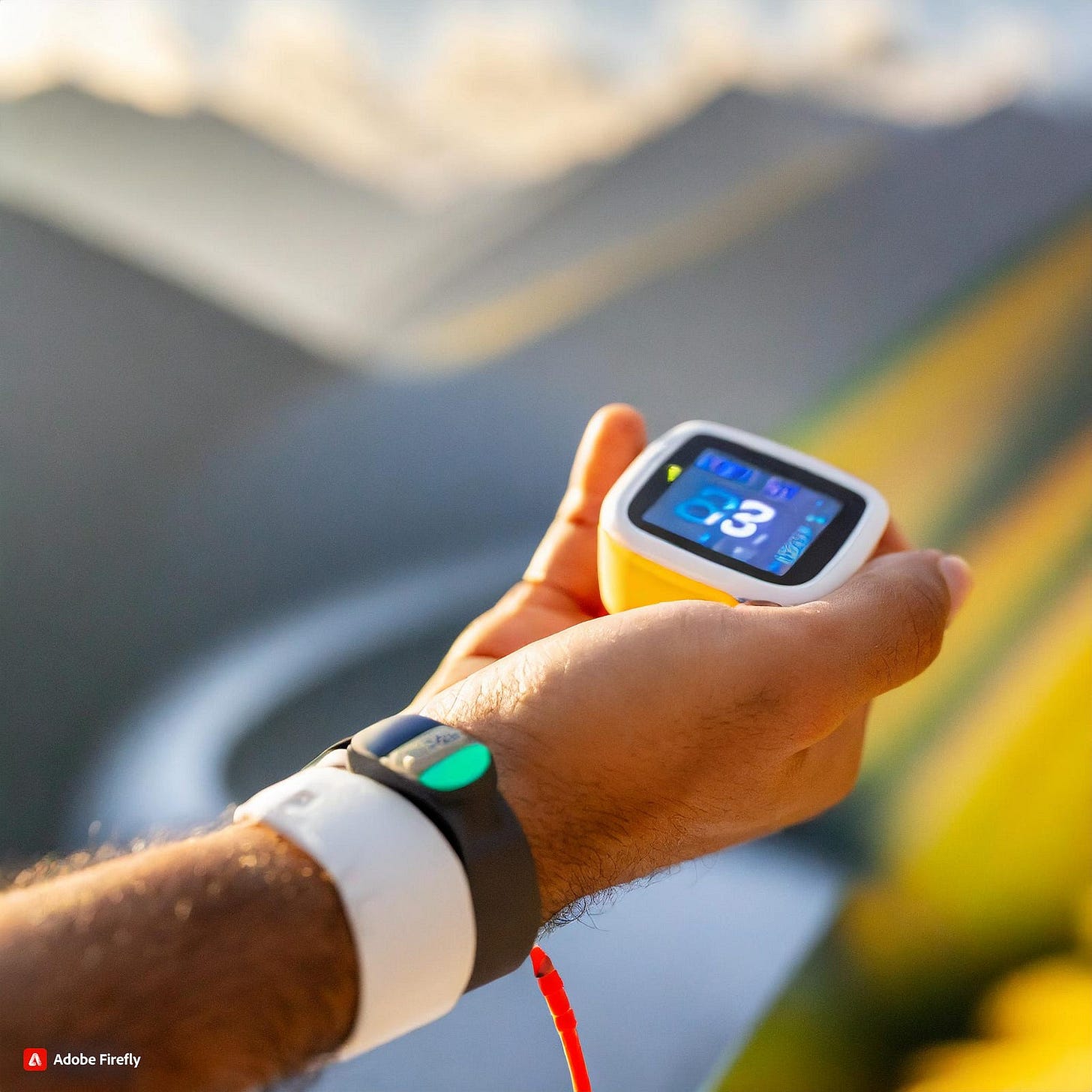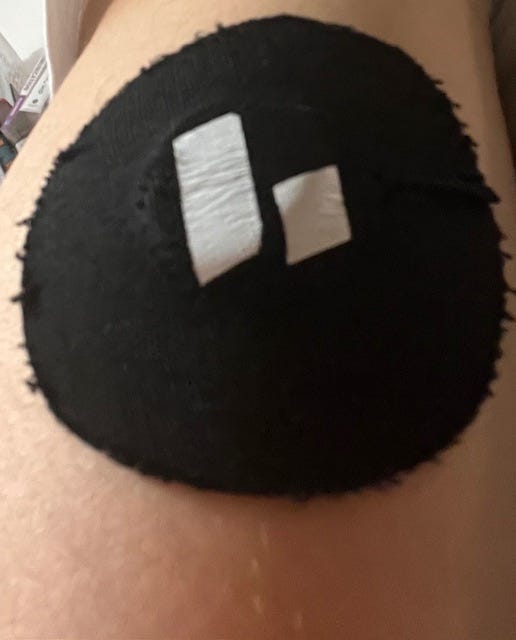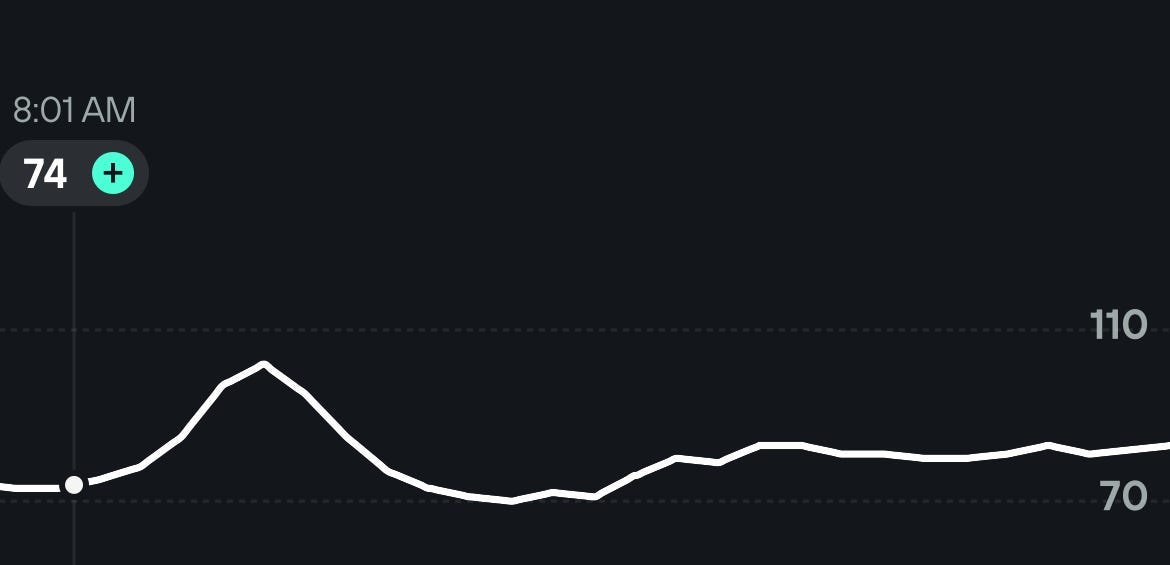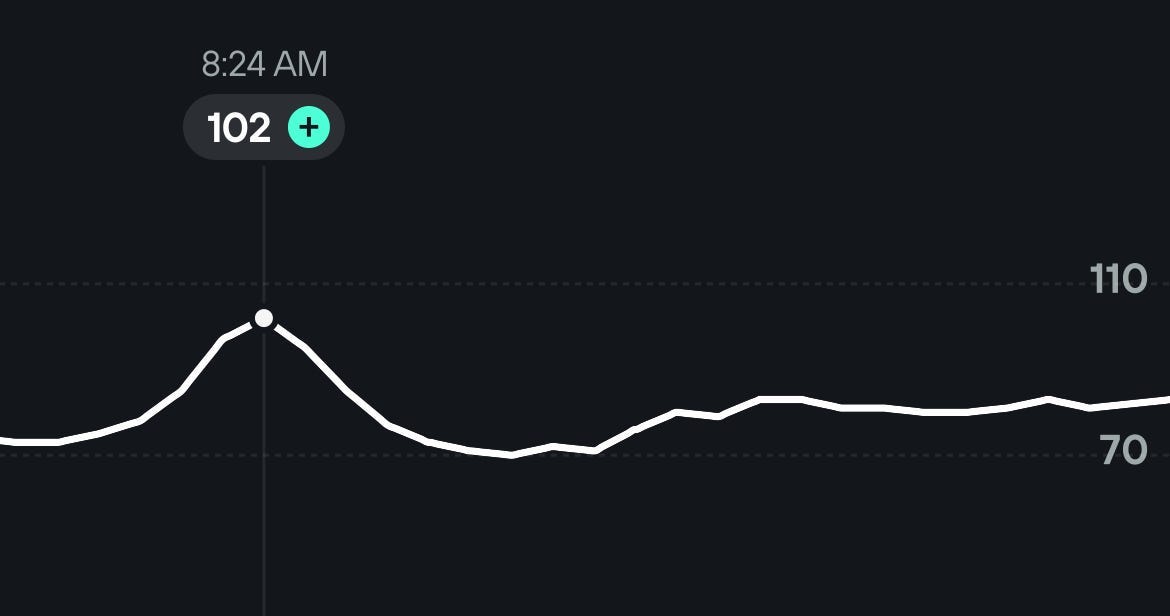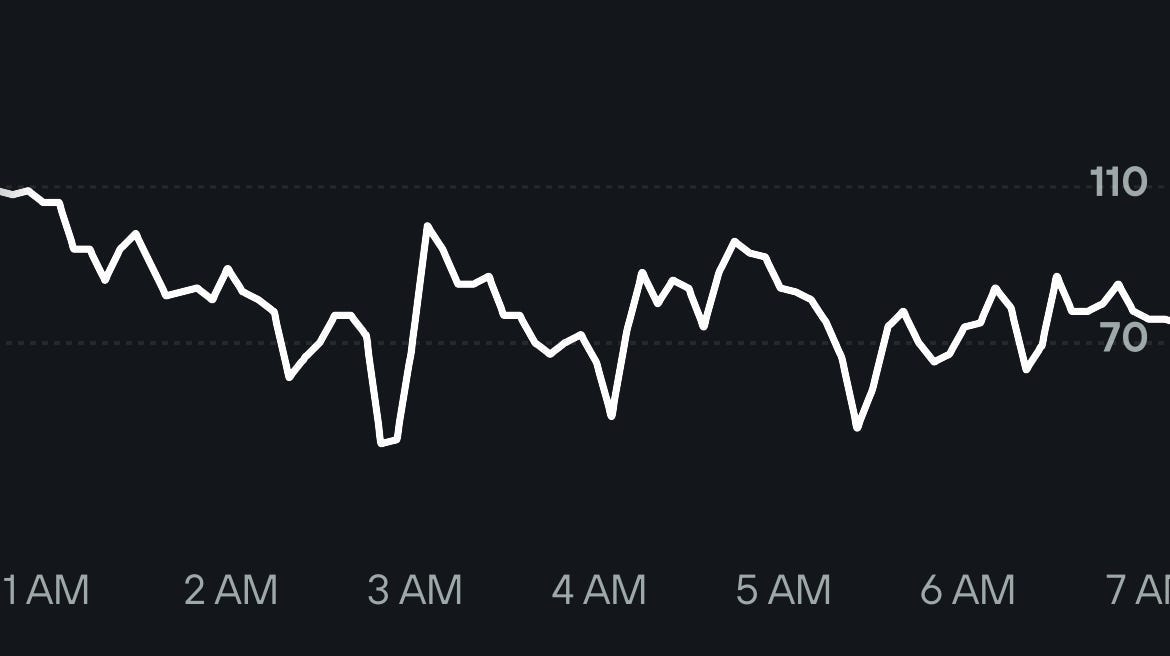CGM Meets AI: My Personal Health Tech Experiment
Since I’m very interested in monitoring and improving my health, I will share how I started using a CGM (Continuous Glucose Monitoring) in this post. Moreover, I built a custom GPT to answer some of my questions.
This is the first part of the post.
Why a CGM?
Continuous Glucose Monitoring (CGM) is a device used to measure blood glucose levels continuously throughout the day. CGMs use a tiny sensor inserted under the skin, typically on the arm. This data is transmitted wirelessly to a mobile app, providing real-time glucose readings.
The CGM I chose, Dexcom G7, isn’t just a tool for those with diabetes. It is a window into understanding how lifestyle choices impact blood sugar levels and overall health. This technology fascinated me since it had the potential to show real-time data related to my health.
Through podcasts like “The Huberman Lab” and articles from experts like Dr. Peter Attia, I learned about the significant impact of blood sugar fluctuations on energy, mood, and long-term health risks like metabolic issues and cardiovascular diseases. Even cognitive function, sleep patterns, and immune system performance are linked to these fluctuations.
The initial data
I chose the Dexcom G7 model from Levels (I have no affiliation with them) on the recommendation of Dr David Sinclair. Despite my fear of needles, the installation process was surprisingly painless.
The first reading showed a normal fasting blood sugar level of 79 mg/dL.
Intrigued, I began experimenting with different foods. A protein shake with half a banana resulted in a modest spike to 102 mg/dL, then a return to 70 mg/dL within 30 minutes; see charts below.
Pretty cool, right?! This real-time feedback was fascinating; it provided practical insight into how my body reacts to different foods.
I spent a couple of days trying different foods, and it was fun to discover through the app when I could see spikes and how long they took to come down to the 70–85 mg/dL range.
Visualizing the data: Insights and Surprises
Over several days, I discovered surprising patterns. The same meal could have drastically different effects depending on the time of day. For instance, my 8 am protein shake barely spiked my glucose levels, while the same meal at 4 pm caused a significant increase.
Another interesting observation was the effect of combining foods. A slice of sourdough bread alone caused a steep spike, but when combined with avocado, the spike was shorter yet lasted longer, aligning with the understanding that fats can slow glucose absorption.
One morning, I woke up not feeling super well, and looking at the data, I saw that I had three sharp dips at night, around 3 am, 4 am, and 5 am; see the chart below.
I wish I could always have a doctor next to me to explain those dips.
AI to the rescue
That’s when I thought about a trendy technology that could help me with this: AI.
ChatGPT — Chatbot Generative Pre-trained Transformer — allows interaction with the GPT Large Language Model (LLM). An LLM is a model trained on various documents and information and can generate human-like content on multiple topics.
ChatGPT offers an easy-to-use interface to ask questions and get immediate, understandable responses. I considered using this to understand what specific glucose level patterns mean, how they compare to typical levels, and why inevitable fluctuations might occur. On top of this, I recently remembered that OpenAI, the company that built ChatGPT, released a way to create custom GPTs.
Hence, I decided to leverage this new feature to build a custom version of ChatGPT that is more customized to my needs regarding glucose monitoring data.
In the next part of this series, I will dive into how I built this custom GPT. I’ll explore the kinds of questions AI can help answer and the potential of personal health monitoring.
Conclusion
Embracing technology like CGM and AI in our health journey offers a preventive well-being approach. Stay tuned for the next part, where I’ll share more on how a custom GPT can augment our understanding of health data.




